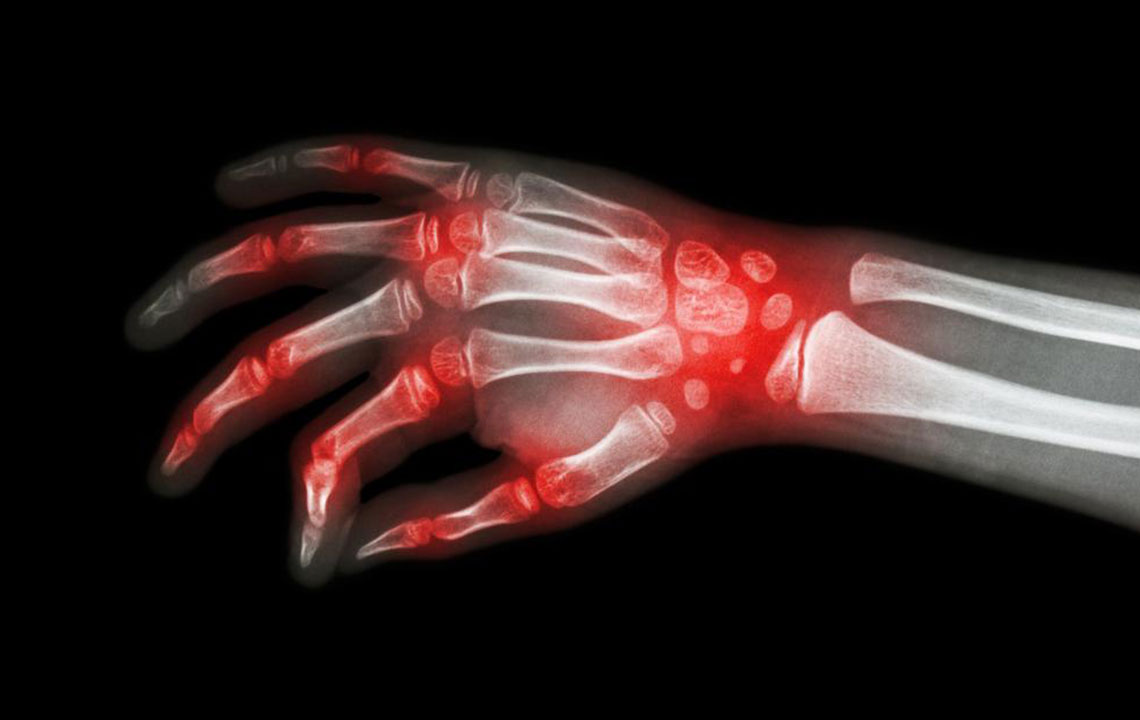Comprehensive Overview of Rheumatoid Arthritis and Lupus: Symptoms, Risks, and Management
This comprehensive guide explores rheumatoid arthritis and lupus, detailing their symptoms, differences, risk factors, and management strategies. Understanding these autoimmune diseases can help patients seek early diagnosis and effective treatment, preventing severe complications and improving quality of life.

Understanding Rheumatoid Arthritis (RA) and Systemic Lupus Erythematosus (SLE): A Detailed Guide
Autoimmune diseases are complex conditions where the immune system mistakenly attacks the body’s own tissues. Among these, Rheumatoid Arthritis (RA) and Systemic Lupus Erythematosus (SLE), commonly known as lupus, are two prominent illnesses that significantly impact millions worldwide. Though they share some overlapping features, they are fundamentally different in their pathology, symptoms, and treatment approaches. Gaining a comprehensive understanding of these diseases can help patients and healthcare professionals better recognize early signs, manage symptoms effectively, and improve overall quality of life.
Defining Rheumatoid Arthritis and Systemic Lupus Erythematosus
Rheumatoid Arthritis is a chronic autoimmune disorder primarily targeting the joints. It causes inflammation of synovial membranes, leading to swelling, pain, stiffness, and eventually joint deformities if left untreated. RA typically affects small joints like those in the hands and feet, but can also involve larger joints. It is recognized as a systemic disease because its effects may extend beyond joints, influencing other organs.
In contrast, Systemic Lupus Erythematosus affects multiple organ systems, including the skin, kidneys, heart, lungs, and nervous system. SLE is characterized by abnormal immune responses resulting in inflammation and tissue damage. The hallmark symptom of lupus is a butterfly-shaped rash across the cheeks and nose, but it also manifests as photosensitivity, mouth sores, hair loss, and more severe complications such as kidney inflammation (lupus nephritis) and cardiovascular issues.
Understanding these definitions provides a foundation to distinguish between these two autoimmune diseases and recognize the importance of tailored therapeutic strategies.
Shared and Unique Symptoms of RA and SLE
Despite their differences, RA and lupus sometimes display similar symptoms, which can complicate diagnosis. RA mainly causes persistent joint inflammation, swelling, and pain that often leads to deformities if untreated. Morning stiffness lasting more than an hour is common. On the other hand, lupus features a characteristic facial rash resembling a butterfly spreading across the cheeks and nose, accompanied by photosensitivity—sensitivity to sunlight—which can trigger or worsen symptoms.
Additional lupus symptoms include oral and nasal ulcers, hair loss, and blood cell abnormalities. Organ involvement is frequent, with kidney inflammation (lupus nephritis) leading to proteinuria and potential renal failure, as well as cardiac complications like myocarditis or pericarditis. Recognizing these diverse symptoms helps clinicians differentiate between RA and lupus for appropriate management.
Risk Factors and Demographics for RA and Lupus
Several factors influence the risk of developing RA and SLE. Women are disproportionately affected by both conditions, with hormonal fluctuations post-pregnancy increasing susceptibility—especially for RA. Genetic predisposition plays a vital role; individuals with a family history of autoimmune diseases are at higher risk. Environmental factors such as smoking, exposure to ultraviolet light, and certain infections may also trigger disease onset.
For rheumatoid arthritis, risk factors include age (commonly affecting those aged 40-60), obesity, and smoking. RA can lead to secondary health issues such as osteoporosis (bone loss), lung disease, and cardiovascular problems like atherosclerosis. Early diagnosis and intervention are crucial to prevent joint destruction and systemic complications.
In lupus, systemic inflammation can adversely impact the kidneys, heart, and brain, leading to potentially life-threatening conditions. Women of childbearing age are particularly vulnerable, and the disease often exhibits periods of flare-ups and remissions. Managing these risks through regular monitoring, medication, and lifestyle adjustments is essential for improving long-term outcomes.
Overall, understanding the common and distinct features of RA and lupus can aid patients in seeking timely medical attention and adhering to personalized treatment plans. Continuous research into these autoimmune conditions promises advances in diagnostics and therapies, ultimately enhancing patient quality of life.





